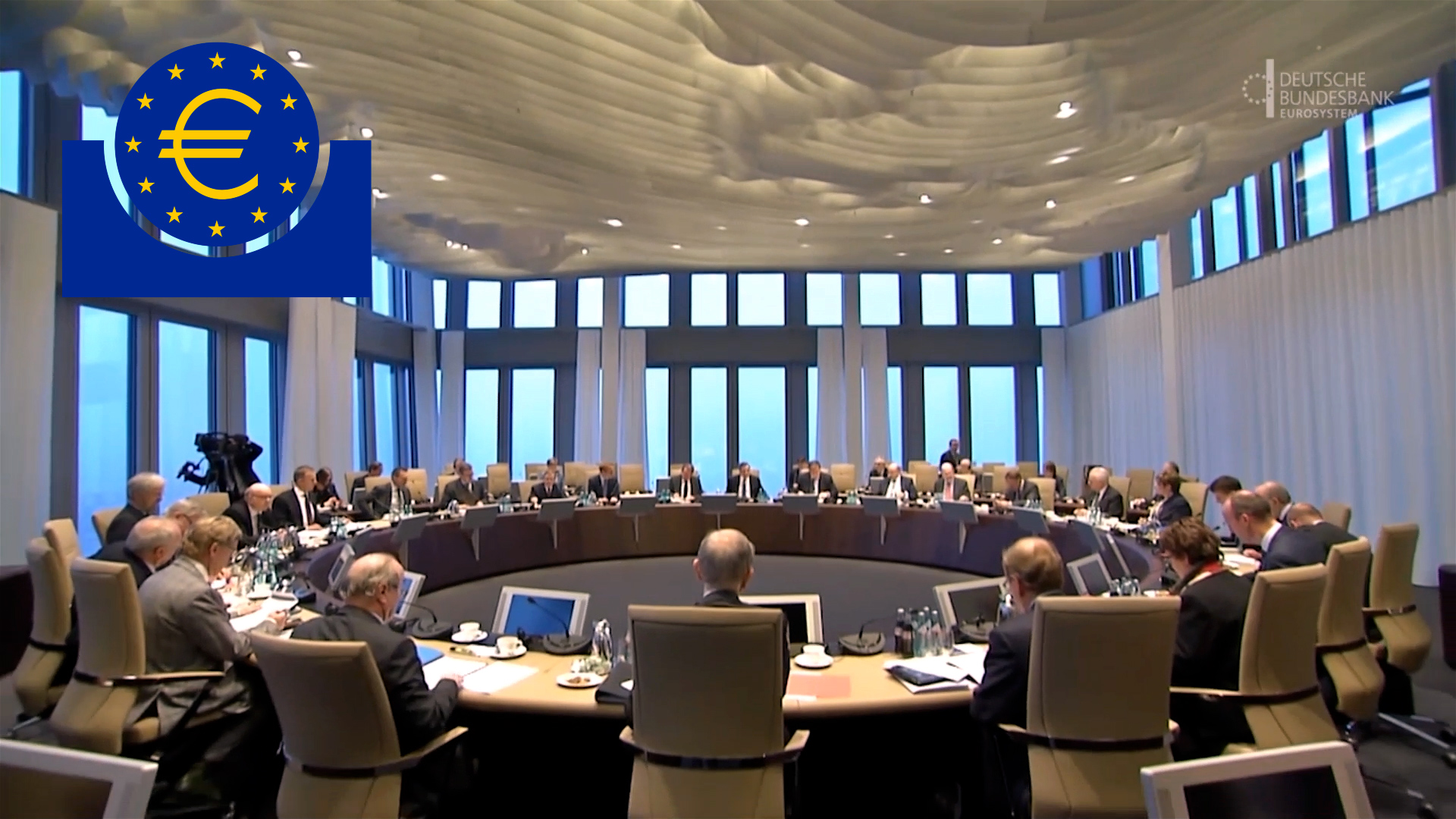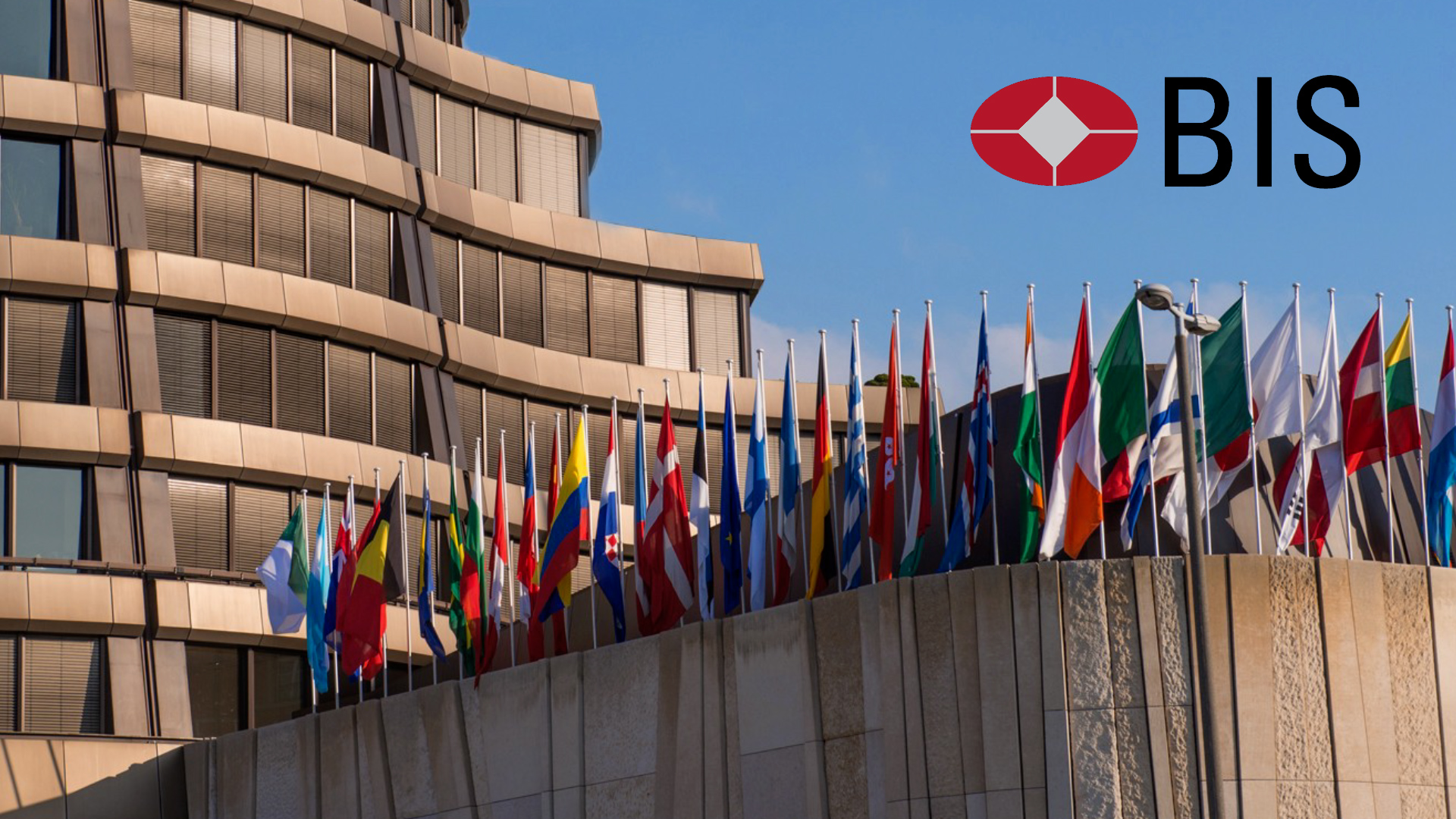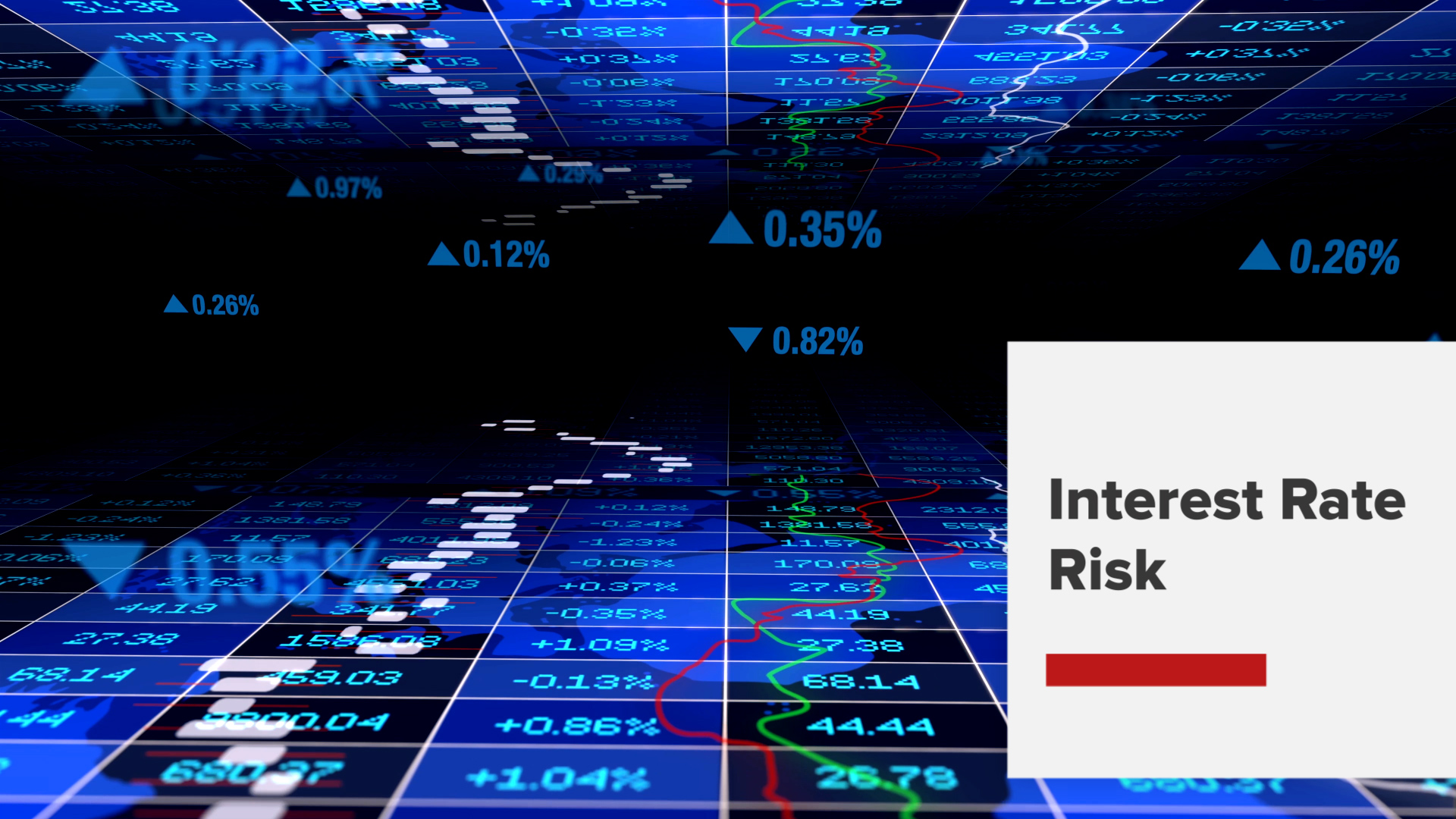Study Notes:
Now that you have been introduced to how some ESG-related issues have impacted different business sectors and ways in which you may factor those variables into your investment decisions, we will now address certain financial products, whose primary focus is on ESG.
ESG investments – or ‘green assets’ – have been recently growing in number, as well as type. Examples of these include:
- Green bonds,
- Social bonds,
- Sustainability-linked bonds, and
- Certain exchange-traded funds
But what differentiates these products from one another, and how are they aligned with corporate or government goals that address ESG-related concerns? Moreover, what are the benefits and risks of investing in these types of products?
 Green Bonds
Green Bonds
Green bonds have become increasingly popular financial instruments, which are intended to finance projects that are designed to benefit the environment, including climate concerns.
According to the Climate Bonds Initiative, there are several types of green bonds, including “Use of Proceeds” bonds, which peg their proceeds to fund green projects. These types of bonds are typically backed by the issuer’s balance sheet – for example, the European Investment Bank’s “Climate Awareness Bonds” are backed by the EIB.
There are also “Use of Proceeds” revenue bonds or asset-backed securities (ABS). Issuers that sell these products typically fund their debt service through the revenue streams generated by these projects, while investors have recourse to their debt through the fees and taxes the issuer collects as collateral.
The State of Hawaii, for example, has issued special purpose revenue bonds to help achieve its 100% renewable target by 2045. The deal is backed by fees on the state’s utility electric bills.
Other types of green bond issuance include project bonds, where the debt is backed only by the project’s assets and balance sheet, certain covered bonds, as well as certain ABS issuance – which may be backed by pools of green projects such as solar leases or green mortgages.
 The International Capital Market Association (ICMA) oversees and helps to develop the so-called Green Bond Principles, a set of voluntary best practice guidelines first established by a consortium of investment banks in 2014. These guidelines highlight the required transparency, accuracy and integrity of information that issuers will disclose and report to stakeholders, with its four core components comprising:
The International Capital Market Association (ICMA) oversees and helps to develop the so-called Green Bond Principles, a set of voluntary best practice guidelines first established by a consortium of investment banks in 2014. These guidelines highlight the required transparency, accuracy and integrity of information that issuers will disclose and report to stakeholders, with its four core components comprising:
- Use of Proceeds,
- Process for Project Evaluation and Selection,
- Management of Proceeds, and
- Reporting
As these Green Bond Principles don’t detail what “green” should entail, issuers are typically left to determine its definition. However, categories for green projects generally involve areas such as:
- Energy
- Buildings
- Transport
- Water management
- Waste management & pollution control
- Nature-based assets, including land use, agriculture and forestry, as well as
- Information technology & communications (ICT)
The global focus on climate change, coupled with supportive fiscal and central bank policies for the broader credit markets, appear to have spurred a rise in green and sustainability-linked bond issuance.
Moody’s Investors Service, for example, recently observed that green debt types are “evolving,” with green capital instruments as one of the “emerging areas to watch.”
To date, green bonds have been issued by governments such as Germany, Sweden, and the Republic of Chile, as well as supranational organizations such as the EIB, and the Japan Finance Organization for Municipalities.
 The European Central Bank also recently decided to invest in the euro-denominated green bond investment fund for central banks introduced by the Bank for International Settlements. With this investment, the ECB contributes, within its mandate, to global efforts to promote environmental objectives – including the EU climate goals. The BIS green bond fund invests in renewable energy production, energy efficiency and other projects intended to improve environmental conditions.
The European Central Bank also recently decided to invest in the euro-denominated green bond investment fund for central banks introduced by the Bank for International Settlements. With this investment, the ECB contributes, within its mandate, to global efforts to promote environmental objectives – including the EU climate goals. The BIS green bond fund invests in renewable energy production, energy efficiency and other projects intended to improve environmental conditions.
 Also, on the corporate front, Sumitomo Mitsui Banking Corporation touts that it “regularly issues green bonds.” The Japanese bank has allocated most of the proceeds from its sales to wind and solar energy projects in Japan and the UK, as Japan grapples with meeting its Paris Accord goals on reducing greenhouse gas emissions. And among US-based issuers, tech giant Apple, real estate investment trust Duke Realty, and Bank of America have also issued green bonds.
Also, on the corporate front, Sumitomo Mitsui Banking Corporation touts that it “regularly issues green bonds.” The Japanese bank has allocated most of the proceeds from its sales to wind and solar energy projects in Japan and the UK, as Japan grapples with meeting its Paris Accord goals on reducing greenhouse gas emissions. And among US-based issuers, tech giant Apple, real estate investment trust Duke Realty, and Bank of America have also issued green bonds.
Social Bonds
Meanwhile, the ICMA also recently released voluntary process guidelines for issuing social bonds, which apply their sale proceeds solely to finance eligible social projects such as affordable basic infrastructure – this could mean clean drinking water, for example, as well as greater access to education, healthcare, or financing. Other social projects may include affordable housing, sustainable nutrition, and those whose aims are to reduce income inequality.
France’s Caisse d’Amortissement de la Dette Sociale (CADES) – the French government agency responsible for amortizing the country’s social security debt – recently sold $5 billion worth of 10-year social bonds to eager investors. This sale generated more than US$10 billion in orders among more than 130 investors, including 40% ESG investors.
While the costs of purchasing these bonds typically rely on the issuer’s credit rating, you may want to analyze whether certain investments – project bonds, for example – will generate sufficient income to cover the required debt service over the lifetime of the bond, or for however long you decide to hold it.
 It is also important to note that since these bonds have an inverse relationship with U.S. Treasuries, the interest rate risks faced by holders of government debt, including maturity-related price sensitivities to interest rate changes, are also inherent in these types of debt holdings. Moreover, the longer a bond is held to its maturity, the more exposure you, as an investor, have to interest rate risk, as well as to fundamental changes that may lead to credit rating downgrades or defaults.
It is also important to note that since these bonds have an inverse relationship with U.S. Treasuries, the interest rate risks faced by holders of government debt, including maturity-related price sensitivities to interest rate changes, are also inherent in these types of debt holdings. Moreover, the longer a bond is held to its maturity, the more exposure you, as an investor, have to interest rate risk, as well as to fundamental changes that may lead to credit rating downgrades or defaults.
Other Green Assets
Other asset classes, such as exchange-traded funds (ETFs), may offer you exposure to investment-grade green bonds, such as the iShares Global Green Bond ETF, which primarily holds sovereign debt including from France, the Netherlands, the U.S., and Germany, as well as corporate bonds in the banking and electric sectors.
In fact, there are several ETFs that focus on ESG concerns, managed by companies like BlackRock, Van Eck, Vanguard, State Street, Invesco, and WisdomTree, among others.
BlackRock has also introduced ESG Screened ETFs, which excludes companies that are tied to controversial weapons such as biochemical or nuclear weaponry, as well as those that violate UN Global Compact principles, profit from thermal coal, produce civilian firearms, or manufacture and sell tobacco, or extract oil sands.
Naturally, you can also look to invest in products that may be critical to the supply chains of companies focusing on ESG initiatives, such as palladium or platinum for use in lithium-ion battery production for electric cars, or individual company stocks, where the company’s operations are concentrated on reducing carbon emissions, for example, by providing solar or wind power.
But remember, whichever product you decide to invest in, conducting due diligence can only help better inform your investment decisions, and factoring-in as many variables as you can into your analysis can help you draw a more objective picture of the risk landscape.
There are numerous variables that illustrate how committed an entity may be to addressing ESG concerns, which we will address in our next lesson.








![[Gamma] Scalping Please [Gamma] Scalping Please](https://ibkrcampus.com/wp-content/smush-webp/2024/04/tir-featured-8-700x394.jpg.webp)




Join The Conversation
If you have a general question, it may already be covered in our FAQs. If you have an account-specific question or concern, please reach out to Client Services.